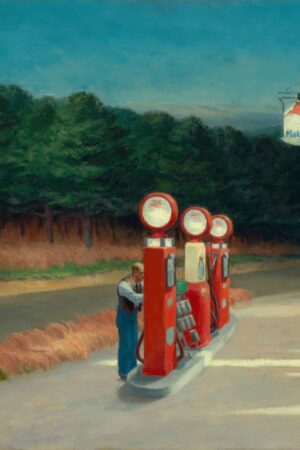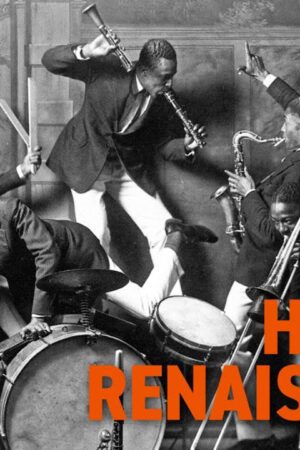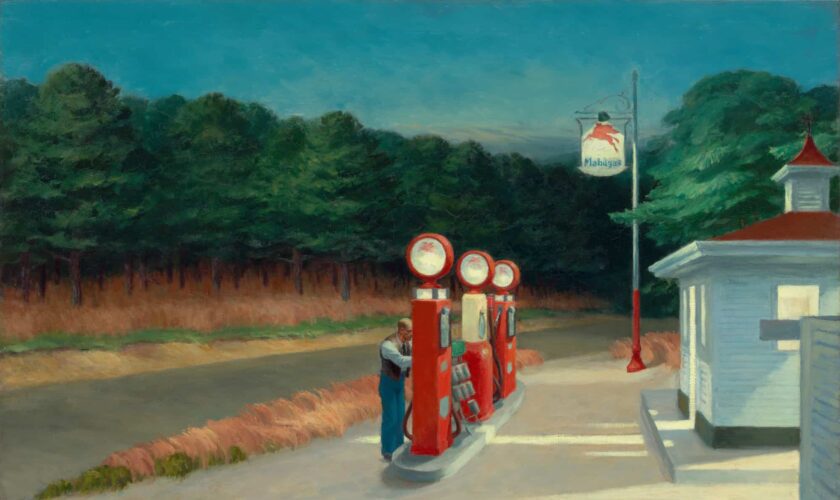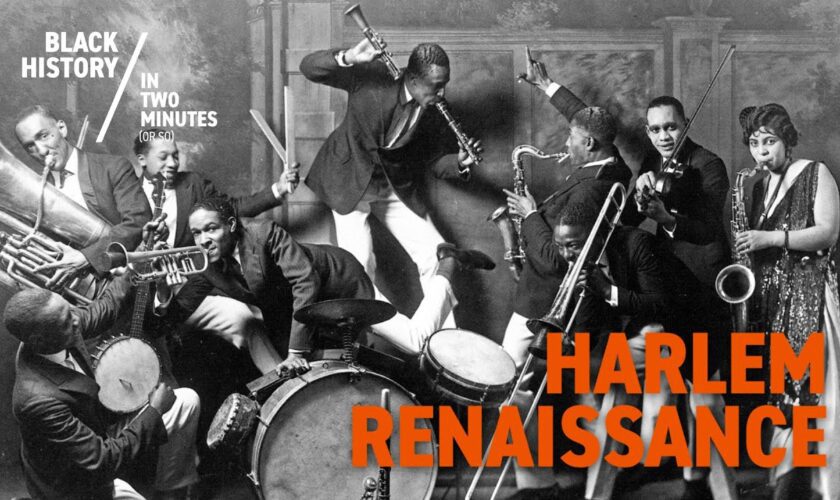Modernism is a term encompassing numerous movements characterizing international developments in literature, music, and the graphic and plastic arts from the late nineteenth century onward. Most commentators consider literary Modernism’s typifying manifestations in English to have appeared between 1890 and 1930. Among the authors most frequently cited are Joseph Conrad, T. S. Eliot, William Faulkner, Ford Madox Ford, James Joyce, D. H. “Lawrence, Ezra Pound, William Carlos Williams, Virginia Woolf, and W. B. Yeats; European writers associated with Modernism include Bertolt Brecht, Andre Gide, Franz Kafka, Thomas Mann, Vladimir Mayakovsky, Marcel Proust, and Rainer Maria Rilke, while Charles Baudelaire, Gustav Flaubert, and Arthur Rimbaud are regarded as three of its principal progenitors. The experimental qualities thought of as essentially Modernist are found in the writings of many of the above; others are more traditional in their stylistic and narrative practices. All, however, respond acutely to the radical shifts in the structures of thought and belief that were brought about in the fields of religion, philosophy, and psychology by the works of Sir James Frazer, Charles Darwin, Friedrich Nietzsche, Sigmund Freud, and others. The moral cataclysm of the First World War accentuated the senses of general cultural catastrophe and individual spiritual crisis apparent in the writings of novelists and poets already sensitive to such disruptions in the humanist tradition. Pound’s Hugh Selwyn Mauberley (1920), Eliot’s The *Waste Land (1922), Woolf s Jacob’s Room (1922), and Joyce’s “Ulysses (1922) are among the works which indicate the breach with the conventions of rational exposition and stylistic decorum in the immediate post-war period.
Literary Movements
The term normally used to describe the upsurge of black American writing in the 19205 and 19305. Though sometimes seen as a movement, it is better regarded as the more or less contemporary emergence of a number of writers who together make up the first modern generation of black American writers, a generation whose work, while often protesting about dispossession, poverty, and racial prejudice, is most significant for its articulation of a positive sense of black identity and its attempts to promote black consciousness. Harlem, viewed as a cultural matrix for blacks, provided a central focus for the activities of several of the writers who contributed to the Renaissance, or Awakening as it is sometimes also called, but others lived all or most of their lives elsewhere. Although there had been numerous earlier works that gave voice to the predicament of Americans of African descent, among them Frederick Douglass’s Narrative of the Life of Frederick Douglass (1845), which is the best-known ‘literary’ example of the genre of slave narrative, Charles W.
Chesnutt’s The Conjure Man (1899), and James Weldon Johnson’s Autobiography of an Ex-Coloured Man (1912), a work which is sometimes seen as a forerunner of the Awakening, the Renaissance is generally viewed as a major step forward. Figures instrumental in its formation included the sociologist W. E. B. Du Bois, best known for his The Souls of Black Folks (1903), who rejected the integrationist approach of his famous contemporary Booker T. Washington, and the Jamaican-born Marcus Garvey, whose United Negro Improvement Association promoted an awareness of African origins and the possibility of an actual repatriation to Africa in Harlem in the 19205. Other historical factors which contributed to the growth of a sense of distinctive racial identity and the emergence of an autonomous black literature in the 19205 included the racism from which many black Americans suffered when they served alongside their white compatriots in the First World War, the northward migration of blacks from the rural South, and the difficulties such newcomers experienced in adjusting to urban situations.




